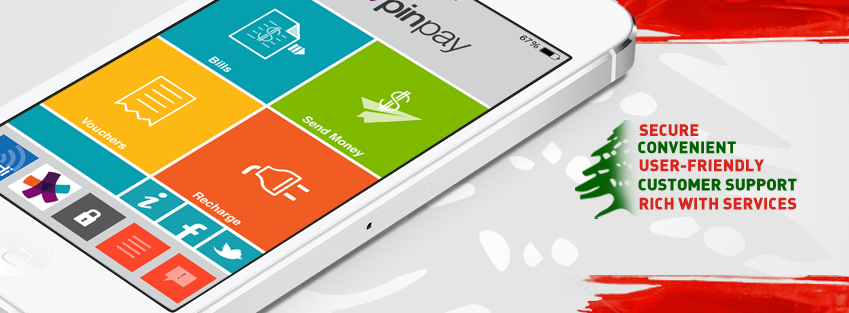 Mobile phones in emerging markets are still widely used for texting, making phone calls, taking pictures, reading news, and using social networks, but countries like Kenya are also using them as a method of payment.
Mobile phones in emerging markets are still widely used for texting, making phone calls, taking pictures, reading news, and using social networks, but countries like Kenya are also using them as a method of payment.
M-Pesa in Kenya is a mobile payment and transaction service that was launched in 2007, and, as Wamda has previously reported, it’s now used by 70% of Kenyan adults in the country. Operating through Vodafone, it allows users to send money, pay their bills, recharge their prepaid cards, and withdraw money from other digital wallets or bank accounts. Due to its reliance on text messaging to send verification codes to complete transactions rather than the internet, the service has gained huge popularity. Now, around 20% of the country’s GDP goes through M-Pesa.
Arab countries are now getting their share of the cake with ever more mobile payment and banking apps and services cropping up. In 2012, PayPal partnered with Aramex to launch its operations in the Middle East. In the same year, mobile payment company MOBIbucks also partnered with Middle East Payment Services to bring the service to Lebanon, Jordan, Iraq, and the UAE. Last year, McDonald’s in Kuwait partnered with mobile payment app SEQR to allow customers to pay using their mobile phones.
Lebanon gets a new mobile payment app
Back in 2011, the Lebanese market also saw the launch of its first mobile payment app, PinPay. The mobile payment app, which is available on iOS, Android, Windows, and BlackBerry, offers a variety of services to its users. The service, which operates under the slogan of “Pay Anywhere, Anyone, Anytime”, has established itself as the leader of its industry in Lebanon.
Source:
PinPay leads mobile payments trend in Lebanon



















Comments